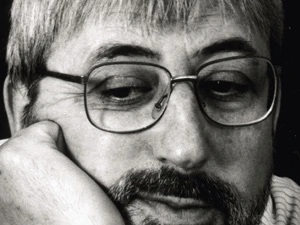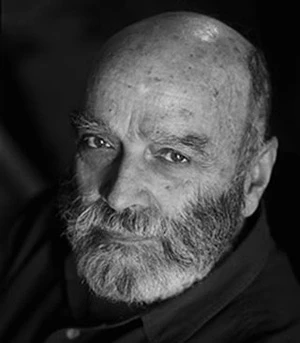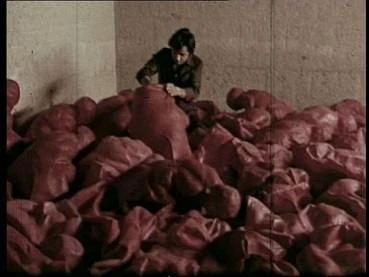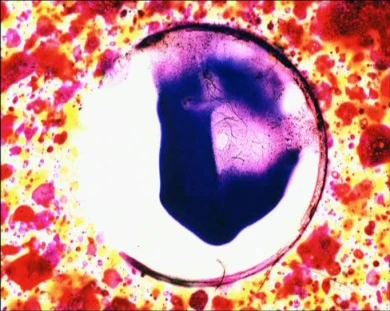The Pamplona Encounters 1972: The End of the Party for Experimental Art
The Museo Nacional Centro de Arte Reina Sofía previously dedicated an exhibition to the festival in 1997, entitled Los encuentros de Pamplona 25 años después (The Pamplona Encounters 25 Years On). The present exhibition does not look to create a version of the works, or deal with the events that occurred, since it maintains their contradictions open. Therefore, the eight days of the Encounters are addressed from the point of view of a large public event that intentionally ascribed to the poetry of process.
The event was organised by artists, the ALEA group - specifically Luis de Pablo and José Luis Alexanco as intellectual managers - and was financed, almost entirely, privately by the Grupo Huarte, thus favouring decision-making beyond the market and art institutions.
The Encounters saw the start of an artistic journey that brought Pamplona up alongside the Spoleto Festival, Documenta 5 in Kassel and the XXXVI Venice Biennial. The main principles maintained a dialogue between the avant-garde and popular tradition, the interaction between artists and the public and its integration in one public space - the city. In tandem with the international avant-garde, the most experimental and obscure trends in Spanish art took centre stage. Moreover, the works of 350 artists, not just from Spain, displayed the latest expressions in visual, sound and action poetry, conceptual art, video art, computer art, plastic arts, electronic, minimalist and action music as well as experimental film and past avant-garde movements.
Due to the way in which the city was set up with the express purpose of setting a public space in motion, the Encounters can be considered as the biggest public art event to take place in Spain. However, the consequences for Spanish art remained paradoxical; without a legitimate avant-garde tradition as a global and militant project, the festival offered a panorama of the most radical movements from the Sixties exactly at a time when they were beginning to lose credibility in Spain given that everything artistic was immediately interpreted as an ideological event.
Artists
Museo de Navarra, Pamplona (March 25 -June 13, 2010); Ciudadela de Pamplona (March 25, 2010 - July 3, 2010)
Organised by
Museo Nacional Centro de Arte Reina Sofía
Image gallery
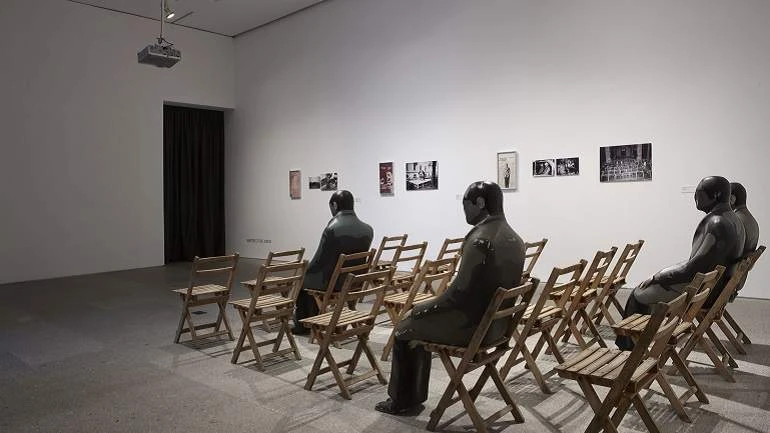
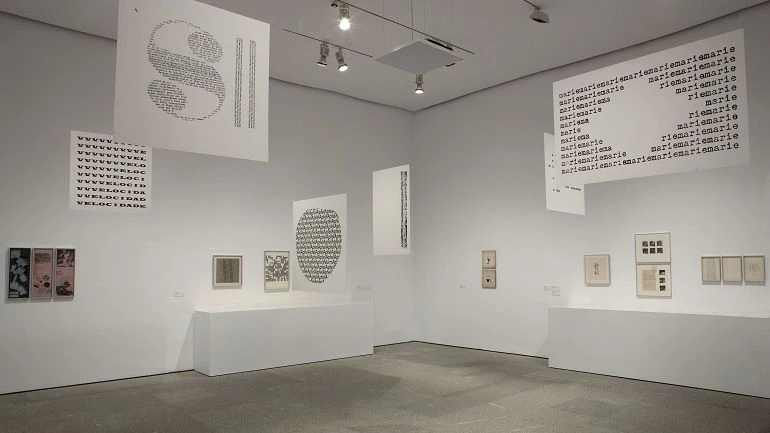
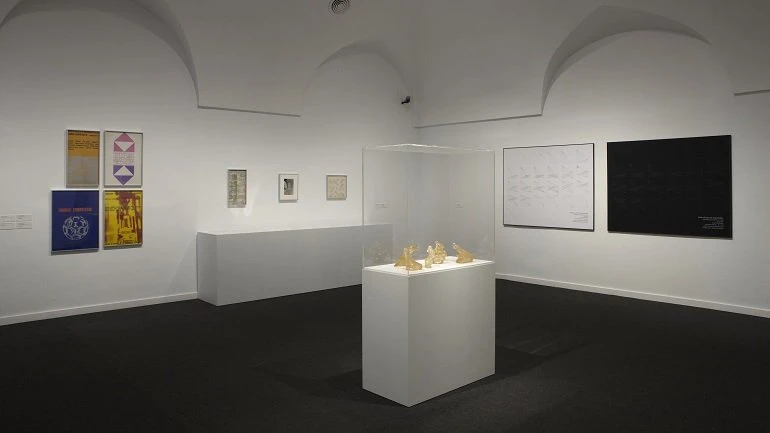
Itinerary
Museo Nacional Centro de Arte Reina Sofía, Madrid
27 October, 2009 - 22 February, 2010
Ciudadela y Museo de Navarra, Pamplona
25 March, 2010 - 3 July, 2010
